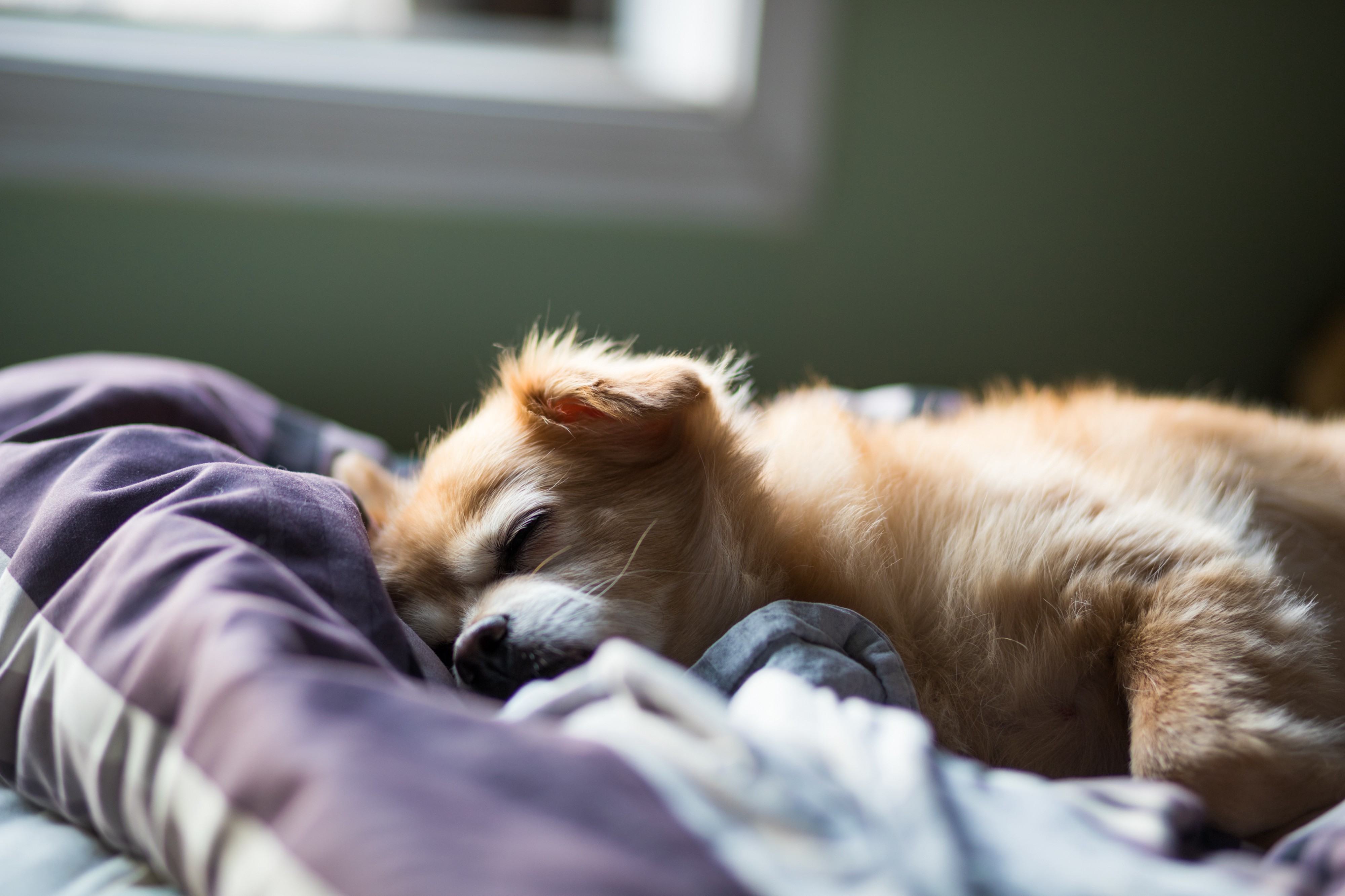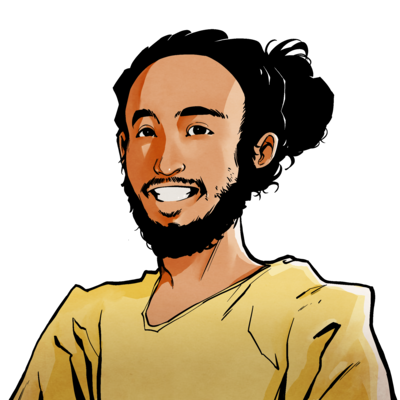
I recently finished Matthew Walker’s Why We Sleep, a New York Times Bestseller which has been exploding in the productivity-obsessed circles that I’m a part of. For good reason too — this book distills the vast amount of modern sleep research over the past 20 years into one main idea: sleep is really important. In the past year or so, I’ve been experimenting with everything in the sleep-improvement space, from blackout curtains to melatonin to timing my caffeine consumption (all of these being small but integral pieces of the puzzle).
In a nutshell, there are 3 distinct phases of sleep: deep, light, and rapid eye movement (REM), with each phase being important to brain development in its own way. Deep sleep is for your brain & body to physically recharge, light sleep helps consolidate memories and experiences, and REM sleep is for your brain to form novel (albeit strange) connections from these various memories. Therefore, making sure that you get enough amounts of each phase is crucial to waking up well-rested. These phases follow the grooves of your circadian rhythm, meaning that your brain transitions from deep, to light, to REM as the night progresses. Thus, not only is getting enough sleep important but also is sleeping at the same time every day. Once I managed to implement this daily routine, I attempted to optimize my sleep at these three touchpoints: falling asleep, staying asleep, and waking up refreshed.
Falling Asleep
Falling asleep is the bane of existence for restless children (me) and neurotic adults (also me) alike. So naturally, this was the most difficult chapter of my sleep-improvement journey. For me, this problem broke down into two subproblems, 1) first wanting to sleep early and 2) figuring out how to lull my brain into a relaxing rhythm and sleep.
The first problem (addressing the severe desire I had to stay up late and watch YouTube videos) was fixed when I decided to train my brain to not want to do this anymore. Basically, I forced myself to wake up at an ungodly hour for a couple of days and eventually my brain got the hint — I found myself getting drowsy closer to 10pm. Not having any caffeine after 2pm also enabled my brain to replenish its lovely stores of adenosine and calm down before bed.
The second problem was solved by improving my sleep hygiene for the hour preceding my bedtime. Everyone’s optimal hygiene routine varies, so this is something that will take some experimentation, but here is what has worked for me.
- brush my teeth
- drink some sleepytime tea
- lay out tomorrow’s clothes and bag
- turn lights low & play some lo-fi music
- read for 20–30 minutes
- out LIKE A LIGHT
Sleep Hack #1: I’m a strong proponent of first removing sleep blockers (caffeine, stress, light in bedroom) before adding extrinsic methods. That being said, melatonin has been proven to be safe in the short-term and is especially useful for those that struggle with jet lag (literally everyone). YMMV however, since the long-term use of melatonin has yet to be rigorously studied.
Staying Asleep
Staying asleep is a tricky endeavor. We’ve all experienced the struggle of waking up at 4am and angrily cursing existence itself for not allowing you to get JUST ONE DECENT NIGHT OF SLEEP. No? Just me? Okay.
It’s true that good sleep hygiene can be beneficial in this realm as well. To stay asleep with minimal interruptions, I’ve found that what helps the most is making sure that my body has no real reason to jolt awake in the middle of the night. Usually if I wake up, it’s because my stomach is churning from the late night taco bell or my bladder is crying out for help. Beyond that, practicing sleep hygiene in the forms of minimizing noise, controlling light, and optimizing your body temperature can go a long way. Sleep Like The Dead is an awesome resource I use to find product reviews of various sleep enhancing products that do just these things.
Sleep Hack #2: Here’s a counterintuitive idea… when you wake up in the middle of the night and find yourself tossing and turning, jump out of bed and do something to get your mind off of whatever is keeping you up. Something like… doing some light reading until you become drowsy again.
Waking Up Refreshed
The crown jewel at the beginning of anybody’s morning routine is waking up feeling refreshed and unrushed. I know this is extremely difficult to implement practically, but removing my need for an alarm clock has been one of the most game-changing steps towards this ideal. Most of the grogginess that we experience in the mornings is a result of being yanked out of the middle of a sleep cycle and into an awakened state of consciousness. By not setting an alarm, you’re allowing your brain to gently land on the end of a sleep cycle and wake up when it’s naturally meant to.
As I mentioned earlier, the brain goes through a multitude of sleep cycles throughout the night, ebbing and flowing between deep sleep and REM. On average, these cycles last about 90 minutes and are in tune with your circadian rhythm. Thus, ensuring that you are on the tail end of one of these cycles while waking up will ensure that morning zombie behavior is minimized.
Listicle of Obvious Sleep Detriments
Anyways, if you’ve made it this far and are itching for another list, here’s a handy little no-go guide to avoiding self-imposed insomnia.
- caffeine (it has a half-life of up to 6 hours!)
- chocolate (yes it has caffeine in it)
- alcohol close to bedtime
- heavy meals close to bedtime
- exercise close to bedtime
Sleep Tracking
It’s really difficult to see if your sleep-improvement efforts are going the way you’ve intended with just a binary do-I-feel-good-this-morning gut check, especially since everybody reacts to treatments differently. I for one wasn’t even aware that I was waking up at least 6 times every night. Therefore, I recommend anyone embarking on this journey to track their sleep in some capacity.
- Sleep Cycle: This is an app available on both iOS and Android which serves as a sleep tracker and alarm in one. Basically, it listens to your audio insert privacy concern disclaimer throughout the night and measures your sleep cycles based on how much you’ve audibly emitted, and then gently wakes you up close to a target alarm time towards the end of a sleep cycle.
- Apple Watch: The grand-daddy of health tracking products doesn’t have an official Apple app yet ( coming soon) but the watch is fully equipped with the hardware to estimate sleep patterns while you wear it, which Sleep Watch takes advantage of to provide an even more accurate estimate of your sleep — this time taking into consideration data from the accelerometer and heart rate sensor.
- Finally, my personal favorite is a product that I wear almost religiously— the sleek and sexy Oura Ring. Touted as the best activity and sleep tracking device in the market, it has state-of-the-art body temperature sensors, infrared LEDs for tracking heart rate, accelerometers and gyroscopes, and even some gizmo to measure your respiratory rate (this is starting to sound like an Oura advertisement, which it isn’t! I swear).
And with that my friends, sleep long and merrily, to your heart’s content. I will leave you with a haiku — I hope this has inspired you to get more 💤
Sleep is really kind
Nothing in the world matches
A well rested mind
